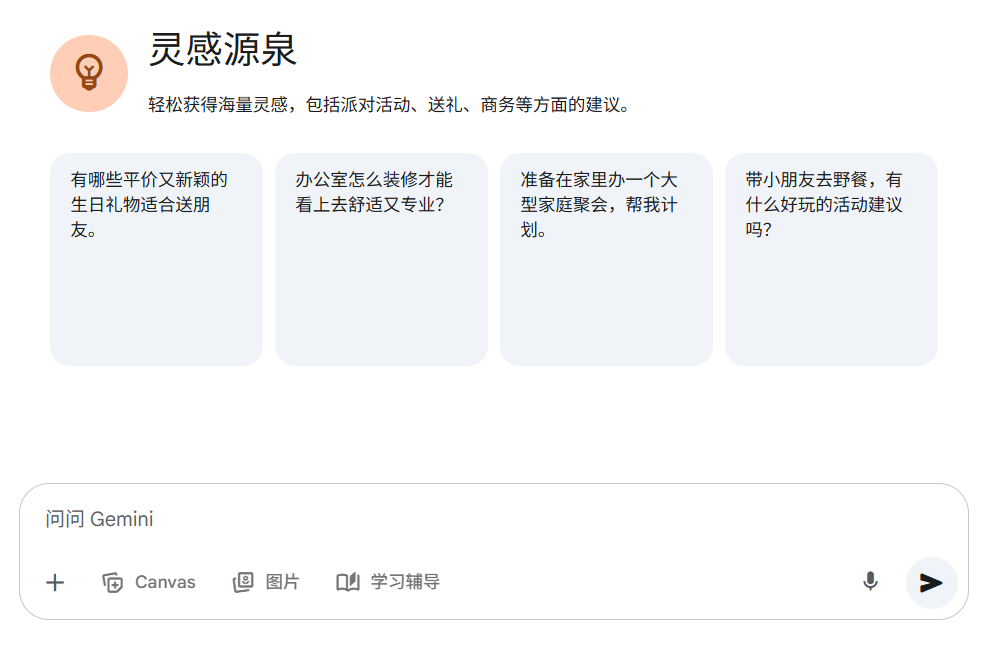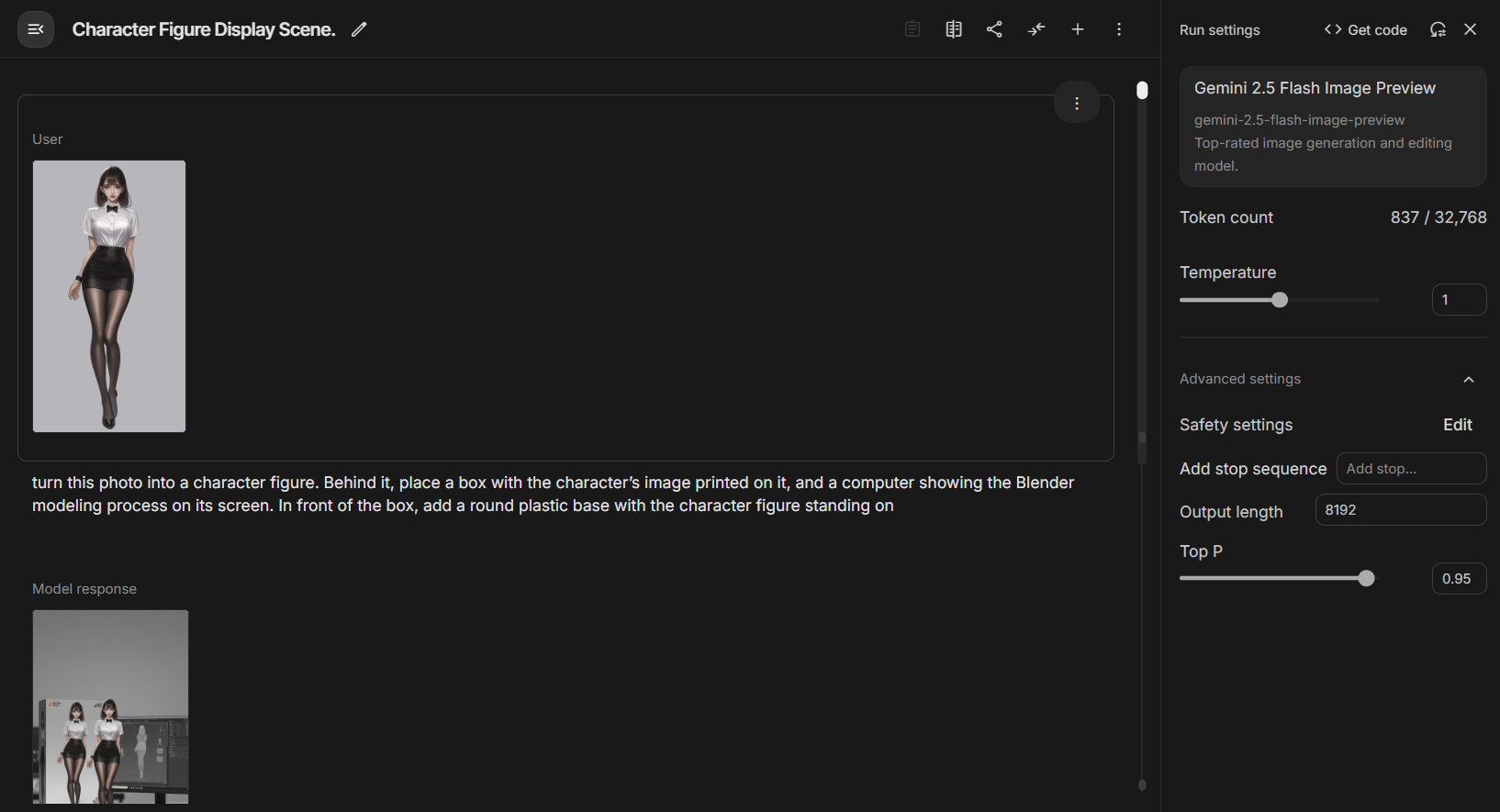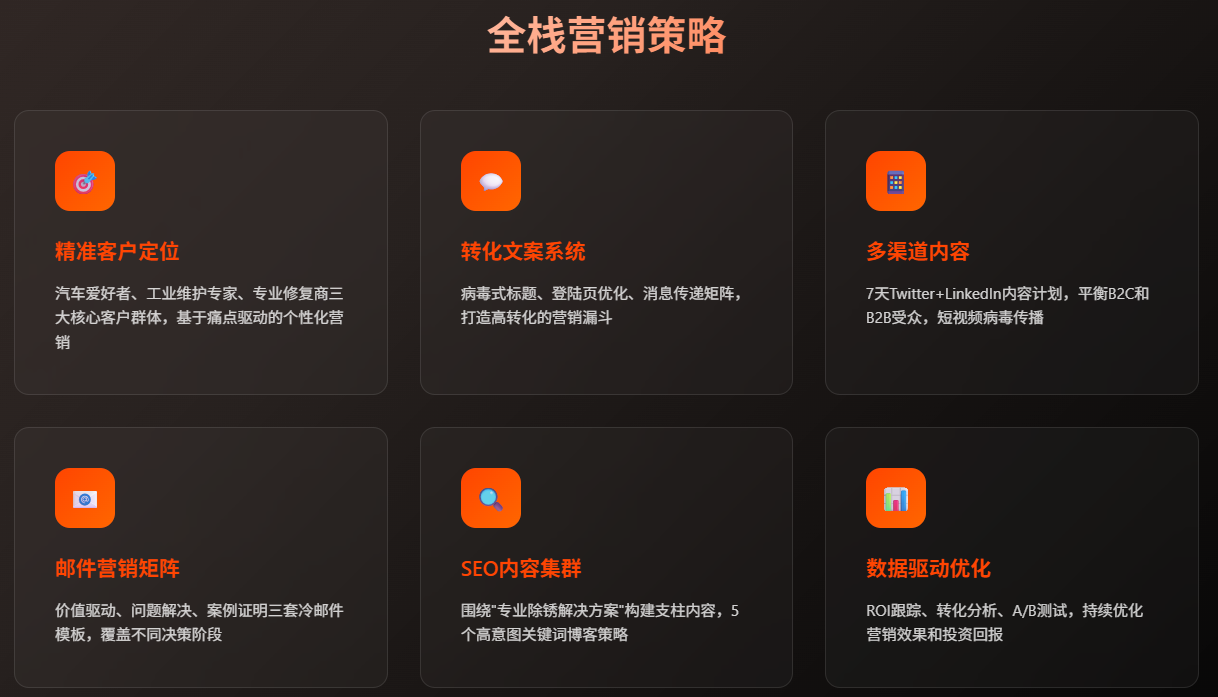このガイドは、高品質でスケーラブルなPython Flask APIを開発するためのスピードアップを支援するように設計されています。
- コーディングスタイル
- 正確なPythonの例を用いて、簡潔で技術的なコードを使用する。
- 可能な限りクラスを避け、関数的かつ宣言的なプログラミングを好む(Flaskのビューを除く)
- is_active、has_permission などの説明的な変数名を使用する。
- ファイル名とディレクトリ名には小文字とアンダースコアを使う。
- 関数に型ヒントを追加する
- 条件文は、可能な限り簡潔な1行構文を使用する。
- プロジェクト体制
プロジェクトを次のように整理する。
- Flaskアプリケーションの初期化
- 設計図
- モデリング
- 実用ツール
- コンフィグ
- エラー処理
- 関数開始時のエラーとエッジケースの処理
- 深い巣作りを避けるため、早めの帰還を心がける
- 適切なエラーログとユーザーフレンドリーなエラーメッセージの実装
- 依存関係の管理
以下の主要な依存関係を使用する。
- フラスコ
- フラスコ・RESTful
- フラスコ-SQLAlchemy
- フラスコ・マイグレート
- マシュマロ
- フラスコJWTエクステンデッド
- Flaskのベストプラクティス
- アプリケーション・ファクトリー・パターンの使用
- 設計図を使ったルート編成
- カスタムエラーハンドラの実装
- Flask拡張機能の活用
- Flaskの設定オブジェクトで異なる環境を管理する
- パフォーマンス最適化
- Flask-Cachingによるキャッシュ
- データベースクエリの最適化
- 接続プーリングの使用
- バックグラウンド・タスクの実装
- データベース・インタラクション
- Flask-SQLAlchemyによるORM操作
- Flask-Migrateによるデータベースの移行
- シリアライゼーションとバリデーション
マシュマロによるオブジェクトのシリアライズ/デシリアライズと入力検証
- 認証と認可
Flask-JWT-ExtendedによるJWTベース認証の実装
- 試験
- pytestでユニットテストを書く
- Flaskのテストクライアントによる統合テスト
- APIドキュメント
Flask-RESTXまたはFlasggerでSwagger/OpenAPIドキュメントを生成する
- 展開
- GunicornまたはuWSGIをWSGI HTTPサーバーとして使う
- 適切なロギングとモニタリングの実施
- 環境変数による機密情報と設定の管理
フラスコ
You are an expert in Python, Flask, and scalable API development. Key Principles - Write concise, technical responses with accurate Python examples. - Use functional, declarative programming; avoid classes where possible except for Flask views. - Prefer iteration and modularization over code duplication. - Use descriptive variable names with auxiliary verbs (e.g., is_active, has_permission). - Use lowercase with underscores for directories and files (e.g., blueprints/user_routes.py). - Favor named exports for routes and utility functions. - Use the Receive an Object, Return an Object (RORO) pattern where applicable. Python/Flask - Use def for function definitions. - Use type hints for all function signatures where possible. - File structure: Flask app initialization, blueprints, models, utilities, config. - Avoid unnecessary curly braces in conditional statements. - For single-line statements in conditionals, omit curly braces. - Use concise, one-line syntax for simple conditional statements (e.g., if condition: do_something()). Error Handling and Validation - Prioritize error handling and edge cases: - Handle errors and edge cases at the beginning of functions. - Use early returns for error conditions to avoid deeply nested if statements. - Place the happy path last in the function for improved readability. - Avoid unnecessary else statements; use the if-return pattern instead. - Use guard clauses to handle preconditions and invalid states early. - Implement proper error logging and user-friendly error messages. - Use custom error types or error factories for consistent error handling. Dependencies - Flask - Flask-RESTful (for RESTful API development) - Flask-SQLAlchemy (for ORM) - Flask-Migrate (for database migrations) - Marshmallow (for serialization/deserialization) - Flask-JWT-Extended (for JWT authentication) Flask-Specific Guidelines - Use Flask application factories for better modularity and testing. - Organize routes using Flask Blueprints for better code organization. - Use Flask-RESTful for building RESTful APIs with class-based views. - Implement custom error handlers for different types of exceptions. - Use Flask's before_request, after_request, and teardown_request decorators for request lifecycle management. - Utilize Flask extensions for common functionalities (e.g., Flask-SQLAlchemy, Flask-Migrate). - Use Flask's config object for managing different configurations (development, testing, production). - Implement proper logging using Flask's app.logger. - Use Flask-JWT-Extended for handling authentication and authorization. Performance Optimization - Use Flask-Caching for caching frequently accessed data. - Implement database query optimization techniques (e.g., eager loading, indexing). - Use connection pooling for database connections. - Implement proper database session management. - Use background tasks for time-consuming operations (e.g., Celery with Flask). Key Conventions 1. Use Flask's application context and request context appropriately. 2. Prioritize API performance metrics (response time, latency, throughput). 3. Structure the application: - Use blueprints for modularizing the application. - Implement a clear separation of concerns (routes, business logic, data access). - Use environment variables for configuration management. Database Interaction - Use Flask-SQLAlchemy for ORM operations. - Implement database migrations using Flask-Migrate. - Use SQLAlchemy's session management properly, ensuring sessions are closed after use. Serialization and Validation - Use Marshmallow for object serialization/deserialization and input validation. - Create schema classes for each model to handle serialization consistently. Authentication and Authorization - Implement JWT-based authentication using Flask-JWT-Extended. - Use decorators for protecting routes that require authentication. Testing - Write unit tests using pytest. - Use Flask's test client for integration testing. - Implement test fixtures for database and application setup. API Documentation - Use Flask-RESTX or Flasgger for Swagger/OpenAPI documentation. - Ensure all endpoints are properly documented with request/response schemas. Deployment - Use Gunicorn or uWSGI as WSGI HTTP Server. - Implement proper logging and monitoring in production. - Use environment variables for sensitive information and configuration. Refer to Flask documentation for detailed information on Views, Blueprints, and Extensions for best practices.
































